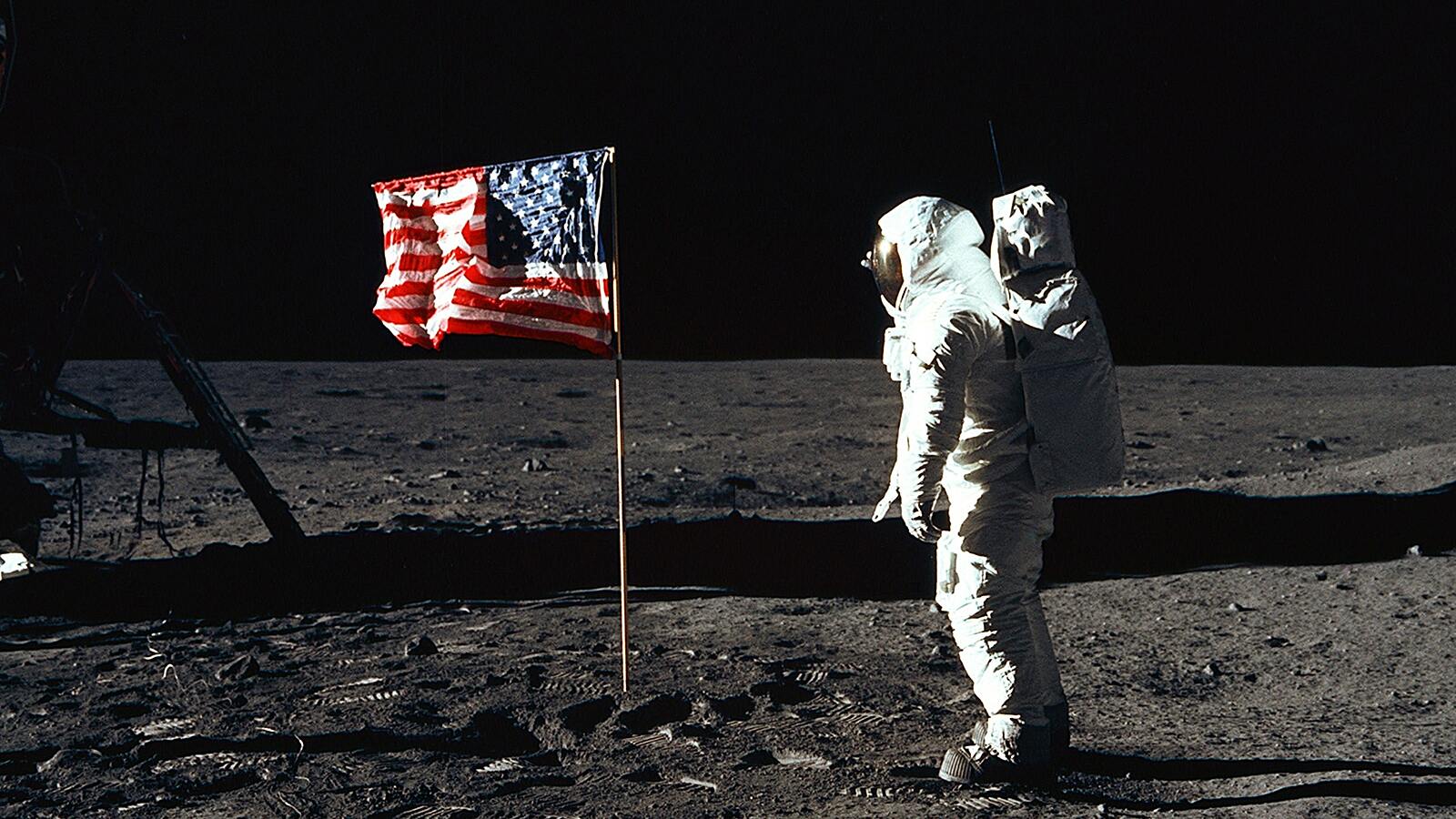Description
Drawing on the pioneering special effects and lavish production values this visceral, factual drama uses dramatic reconstruction to explore how man and machine travelled to the Moon and back.The voyage of Apollo 11 was an adventure that the whole world shared. The first steps on the surface received the largest TV audience of all time.
The Apollo 11 mission patch bore no names. Its designer, Michael Collins, the flight’s command module pilot, intended to show that the names of the astronauts were less significant than the fact that human beings, any humans beings, would walk on the Moon. For a week the whole world shared in Mankind’s greatest adventure. Yet over this period of such great unity, the Apollo 11 crew spent much of their time in virtual isolation, first in training, then in flight, and finally in quarantine.
Moonshot, the Flight of Apollo 11 tells the outer story of the watching world and, through dramatic reconstruction, sets it against little known details of the mission’s inner story. We open with the selection of the crew who will make this extraordinary voyage, and we begin as we mean to continue, by dispelling numerous myths that have been accepted over the years, and by drawing a highly complex and intriguing portrait of the key figures and relationships in the story.
The Apollo 11 crew came together by chance. Neil Armstrong, a man who said little and gave nothing away, was placed alongside Buzz Aldrin who was never shy in sharing an opinion. Michael Collins, affable and cultured, was a military test pilot who enjoyed fine wines and good books. Collins later remarked that the Apollo 11 crew were “amiable strangers”. Moonshot, the Flight of Apollo 11 distinguishes itself by boldly addressing the nature of the relationships between these complex men.
Armstrong, as commander, would fly the lunar module down to the surface of the moon. He would fly the first ever extra-terrestrial approach and landing. There was no unmanned test, not even a dry run. It was literally a journey into the unknown. Mission planners drew up guidelines for aborting the landing if things started to go wrong. But Armstrong, as commander, a quarter of a million miles from Earth, knew he would have the final judgement call. And while Armstrong and Aldrin visited the surface, Collins would remain alone in orbit of the Moon, contemplating what he would do if his colleagues never returned….
The descent didn’t go smoothly. The flight guidance computer repeatedly triggered alarms, the edge of the landing site was covered in boulders, and Armstrong nearly ran out of fuel trying to put the lunar module down somewhere hospitable. Neil Armstrong spent about 15 minutes alone on the surface before Aldrin came out. For that time he had a new world all to himself.
When they came to lift off, a circuit breaker connected to the ascent engine broke. This was their worst nightmare. The ascent engine had no back-up. Its failure would leave them stranded to die on the Moon. In fact, the astronauts had been repeatedly asked by reporters what they would do in this event, and had always been evasive. But President Nixon already had a speech prepared in case the mission failed.
Reunited in lunar orbit, Collins felt an impulse to kiss his colleagues. Instead the “amiable strangers” made the long journey home, and then went into a month’s isolation together, quarantined out of anxiety that they might return contaminated with lunar germs. When at last they emerged, they did so to enormous adulation. The world had watched their mission in awe. Billions of people across virtually every country of the globe had followed the danger and triumph of Apollo 11. Appreciating the outer story for the first time, Buzz Aldrin remarked poignantly to Neil Armstrong, “We missed the whole thing.”

